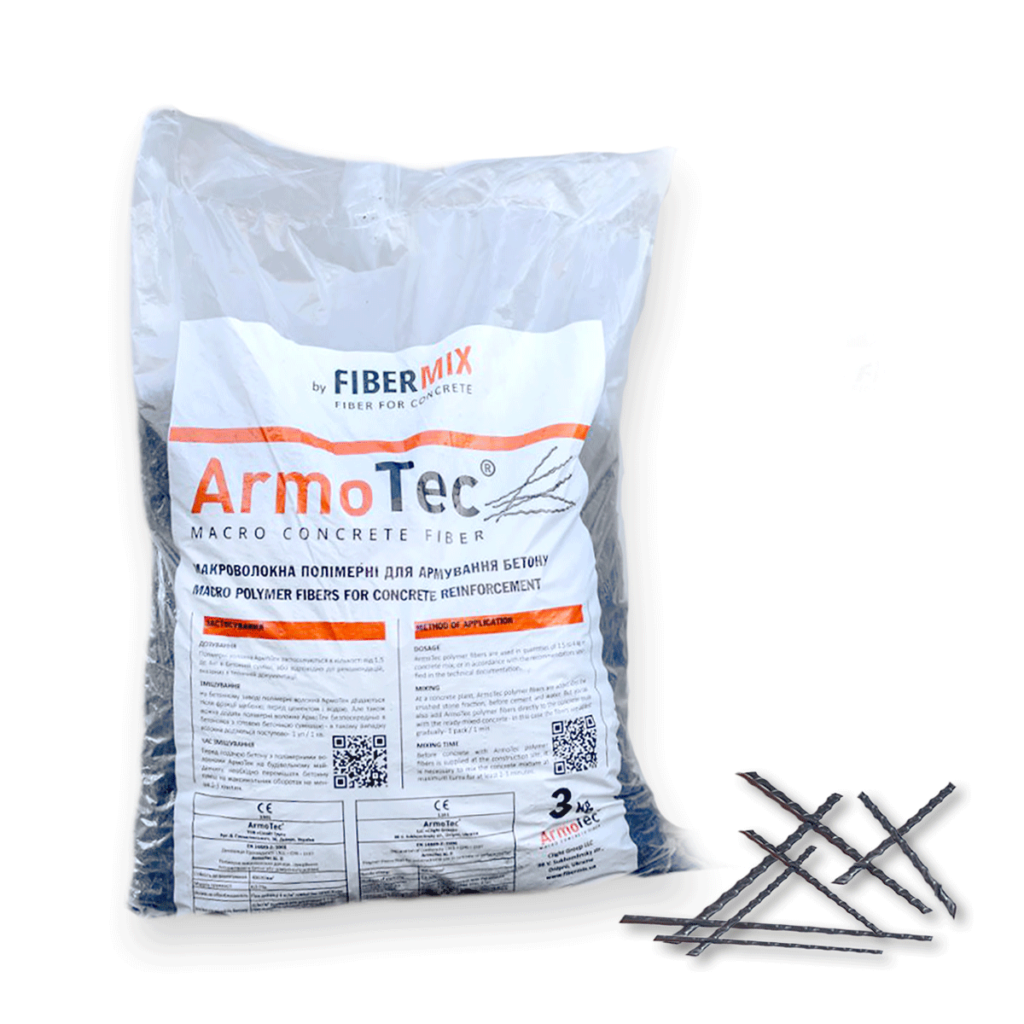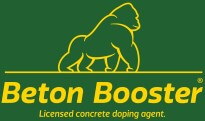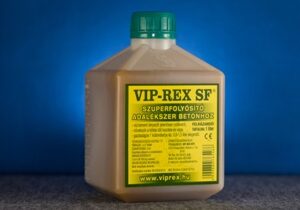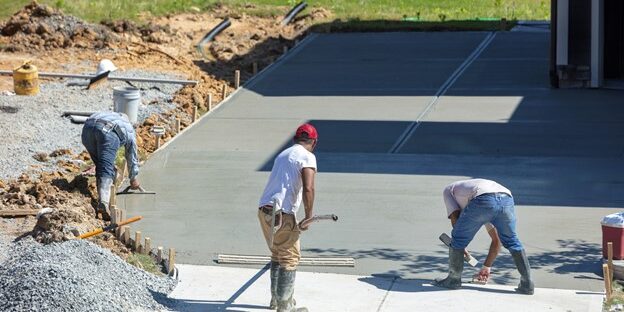If you have an old concrete surface that doesn’t look so good anymore, or is even completely ruined, one of the most obvious options is to pour concrete over old concrete.
This will not only enhance its appearance but also improve its resistance, providing a lasting solution to the problem.
If you find yourself in this situation, you’re likely aware that concrete isn’t permanent. However, with proper care, it can endure for generations.
There are various reasons why you might need to pour concrete over old concrete. It could be that your existing concrete surface is outdated, frozen, cracked, or simply unsightly. Perhaps you’re constructing a new section and want uniform concrete surfaces. Whatever the reason, the following articles will serve as an ‘instruction manual,’ guiding you through the process of pouring concrete on top of old concrete with minimal risk, ensuring a permanent solution the first time (or in our case, the second time 😅).
First of all, let’s talk about the necessary tools. During concrete work, you will need the following tools:
- concrete mixer,
- masonry trowel,
- screed board,
- float,
- tape measure,
- level,
- long string,
- shovel,
- buckets,
- wheelbarrow,
- and a scale might come in handy.
For formwork, you’ll need a hammer, nails, saw, and boards. Of course, these tools may vary depending on the size and type of the project. You’ll need to use formwork when you need to define the edges of the concrete on existing concrete to keep the fresh concrete in place.
After gathering the necessary tools, we need to prepare the existing surface for the application of the new concrete layer.
Firstly, thoroughly clean the surface from dust, dirt, and any other material that may hinder the proper adhesion of the concrete layer. Then treat the prepared surface with a primer. This can be considered as a bonding bridge for concrete on concrete. Once this is done, you can proceed with applying the new concrete layer. The connection between the two concrete layers is not established at this point, but the primer significantly enhances the adhesion between the old and new concrete layers.
During the application of the new concrete layer, attention must be paid to various pitfalls. (This article does not cover general information such as weather conditions or concrete mixing ratios. Clicking on the text will provide detailed information on these topics.)
A chain is only as strong as its weakest link. In our case, this means that if the existing concrete surface is unstable, there is no option but to demolish it. Concrete should only be poured on old concrete if the existing concrete has stabilized perfectly. If it has adequate stability, it is acceptable even if it is cracked.
When pouring concrete on old concrete, the new concrete should not be thinner than 10 cm outdoors. Outdoor concrete is exposed to significant environmental influences and temperature fluctuations. Even with fiber-reinforced concrete, maintaining a thickness of 10 cm is advisable to enhance the concrete’s durability. Indoors, a minimum thickness of 4 cm is preferred. Although there may be a need for thin concrete, reducing the cross-sections mentioned above can decrease the lifespan of the concrete.
To make the new concrete much more durable, here are some tricks worth applying.
Use Vip-Rex superplasticizer when doing concrete pouring yourself, as it significantly increases the frost resistance of concrete and results in a much denser structure. It also has several advantages during the concrete pouring process. It reduces the amount of mixing water by half, yet produces a much more workable concrete. Moreover, it is a cost-effective additive, and only a small amount is needed.
If you’re getting concrete from a concrete plant, request it with a lower water-cement ratio and with the addition of a superplasticizer. This ensures a concrete mix that is easy to work with and suitable for durable and low-risk concrete pouring. If you are interested in why adding too much water to concrete is not advisable, read this: Understanding the Water-Cement Ratio.
Reinforce the concrete slabs with a steel mesh to promote load distribution and prevent crack formation. Instead of using a steel mesh, you can also opt for fiber-reinforced concrete with ArmoTec macro fibers. This not only allows for simpler and more cost-effective concrete pouring but also increases durability because, unlike the steel mesh, it strengthens the entire cross-section of the concrete and does not corrode.

Pouring concrete on existing concrete requires special attention to the post-treatment of the concrete, not only in the case of pouring on old concrete. It is crucial to protect the concrete from drying out and burning. This can be achieved through covering and post-wetting, and the use of Vip-Rex superplasticizer can also reduce the risks associated with inadequate post-treatment.
Finally, don’t forget about surface protection to shield the new concrete from the extremely damaging effects of winter salt melt. Durable outdoor sealers can be used to prevent the infiltration of salt meltwater, or the concrete surface can be treated with a resilient road paint. Road paint not only provides protection against harmful environmental effects, especially when pouring concrete on old concrete but also improves the aesthetic appearance of the concrete surface.
Levente Siposs
Renovation Expert
Dedicated Advocate of Long-lasting Solutions










